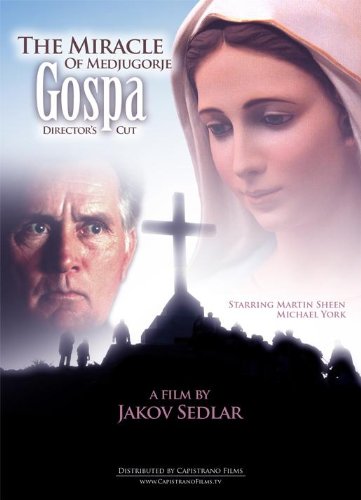 |
| Our Lady of Tinseltown? |
The Dutch sociologist Mart Bax has spent well over fifteen years studying firsthand a small town in Bosnia Herzegovina, which has been the site of unprecedented growth, specialization, and globalization. The name of the town is Medjugorje and Bax made "scientific" outings on an annual basis to meet with his informants and make and record observations. Medjugorje was a small agrarian hamlet in Herzegovina prior to 1981, notable only for being near the site of a massacre of Serbs by Croats in 1942. The Croats who allied themselves with Nazi Germany took revenge on the Serbs under whose rule the Croats had chafed after WWI. The Croats formed the paramilitary Ustasa organization and with the help of Roman Catholic clergy sought to purge Croatia and Bosnia of the hated Serbs who were Orthodox Christians. Operating from Medjugorje, the Ustasa rounded up the local Serbs and slaughtered several hundred Serbs disposing of them in a ravine at a place called Suramanci.
On June 24, 1981, the Virgin Mary or Gospa as she is referred to in the local dialect appeared to six Croatian teenagers who had gone out to have a smoke or as was later revised by the local clerics, to look for "lost lambs." What followed was a ten-year period of unprecedented growth and modernization fueled by a steady influx of pilgrims from Western Europe and America, freely spending hard currency and enhancing the local economy. Medjugorje prospered like never before despite the opposition of the local Bishop and the suspicions of the Yugoslav secret police and government authorities. (more...)
The broader perspective:
When will the church oligarchy get out of the business of state communism, corporate communism, and fascism? How about returning your 30 pieces of silver, for starters?
No comments:
Post a Comment